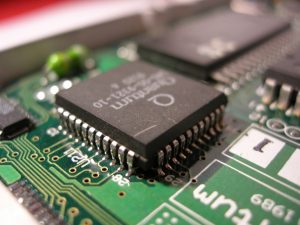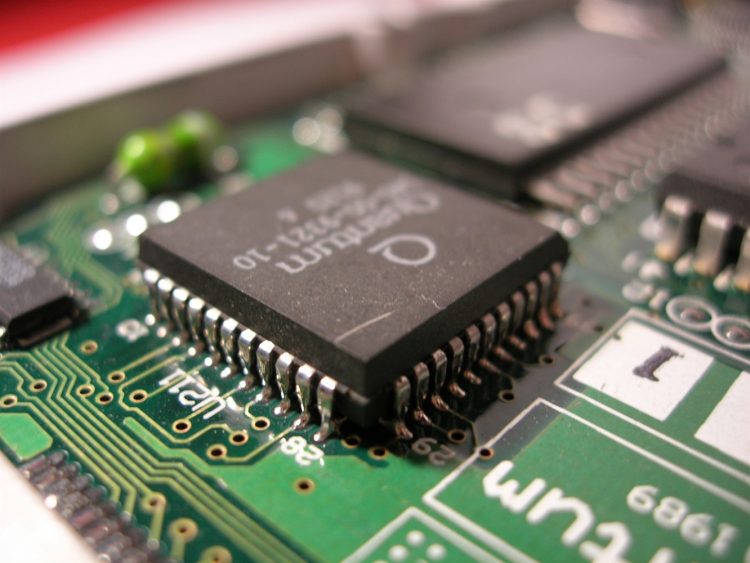No products in the cart.
Choosing Your Next Computer
 The standard home user typically surfs the Internet, writes e-mails, uses an “office” suite (word-processing, spreadsheet, and other apps), might use home accounting, tax prep, or photo organizing software, and plays simple games (Pogo online, for example). Since the requirements are not demanding, an inexpensive CPU with a minimum level of RAM, storage, and video would suffice. For instance, a relatively slow dual or quad core CPU with integrated video and 4GB of RAM and a 500GB hard drive would typically meet these requirements. It is relatively easy to find a computer system under $750 that would have these specifications.
The standard home user typically surfs the Internet, writes e-mails, uses an “office” suite (word-processing, spreadsheet, and other apps), might use home accounting, tax prep, or photo organizing software, and plays simple games (Pogo online, for example). Since the requirements are not demanding, an inexpensive CPU with a minimum level of RAM, storage, and video would suffice. For instance, a relatively slow dual or quad core CPU with integrated video and 4GB of RAM and a 500GB hard drive would typically meet these requirements. It is relatively easy to find a computer system under $750 that would have these specifications.
I normally consider a student as someone who is in high school, college or university. Their requirements would be similar to the standard home user, but somewhat more demanding depending on the grade and course of study. Typically, a medium level quad core CPU with 8GB of RAM and a 500GB hard drive would suffice. A separate, mid to high level performance video card may also be needed to meet the students requirements. A standard keyboard and mouse are appropriate. A 19″ screen is perfectly adequate. Computers with these specifications can be found for around $950. Of course, if the student needs a mobile system with this type of performance, the cost could be around $1,150 for a 15″ notebook.
The mobile user may have the same needs as the standard user, but requires a mobile computing platform. At this point, a decision would be made between a tablet and a notebook device. If the requirement is for the ultimate in portability, then the tablet is typically selected. Tablets can be very limiting with regards to CPU, RAM and storage, so they are not normally suggested where there is a need for high performance. Notebooks can often be more powerful and easier to handle than a tablet, and usually represent a better choice for overall usefulness when a mobile device is needed.
The professional user could be an accountant, an engineer, an architect, or industrial designer who needs enhanced performance. They will typically need a faster CPU, more RAM, more storage and and have special video, input or security considerations to address. A faster quad, hex or 8 core CPU may be needed and 16GB to 32GB of RAM is not unusual to find in a professional computer. Engineers, architects and industrial designers will need enhanced video processing capabilities. They also typically use a 24″ or larger screen. Larger, faster, and more secure storage is typically required by most professionals – RAIDed hard drives to reduce the possibility of data loss and down time, SSDs for faster performance. Professional users will often use a keyboard and mouse that are designed to reduce fatigue. A professional desktop computer system can typically cost between $1,000 and $4,000 depending on CPU, RAM, video and storage selections.
The artist is a sub-class of the professional user. These users could be involved with the music, film, animation and digital design industries. In addition to an enhanced CPU, they will typically need very fast, high capacity video cards,16GB to 32GB of RAM, fast and high volume storage. They may also need a special keyboard and mouse; equipment that may have additional controls developed for their respective industries. Quite often, the screen size for the artist user is huge, typically 27″ or larger. They may have a Blu-Ray recorder and/or MIDI devices as part of their setup. An entry level artist system can cost $1,500.
Some professionals need a mobile computer with the performance of a desktop or tower. Such laptop computers exist, but they are very expensive, typically costing over $2,000 and often in the $3,000 price range.
The gamer doesn’t have needs, they have wants. And what the gamer wants is capacity and speed. Gamers are the users who will buy that Extreme Edition CPU, along with 16GB to 32GB of high speed, low latency RAM. They will overclock their systems and liquid cool the components. They don’t mind the expense of creating a SSD RAID array along with a traditional hard drive RAID array. They will want the fastest video card possible and don’t mind paying extra to get a high quality sound card. Entry level gaming systems are typically over $1,500 and a mid-level gaming rig can easily cost over $3000; but one thing is certain, they are likely the top of the computer performance food chain.
If you are thinking of buying a computer, make sure you discuss your needs fully with the technical sales rep.
Tomorrow and Sunday, I will be exhibiting my artwork (www.3DArtwork.ca) at CAPE 2016. On Saturday, I will be giving a presentation about 3D printing, 3D scanning, artwork and cosplay. If you have any computer technology or related questions feel free to visit my booth.






